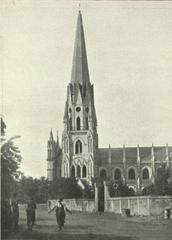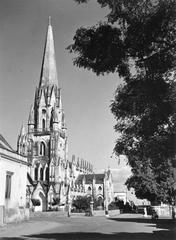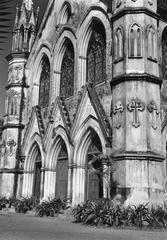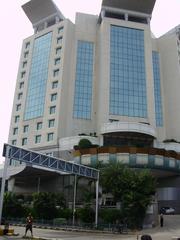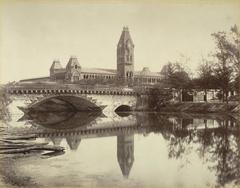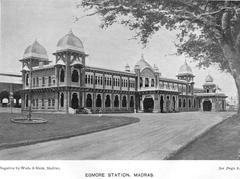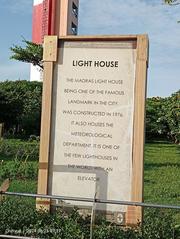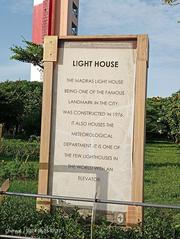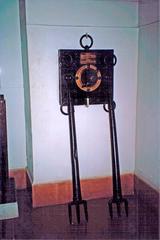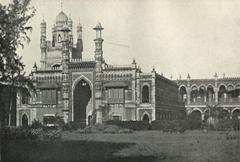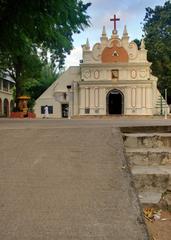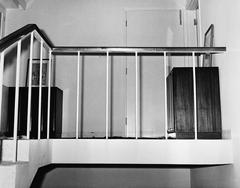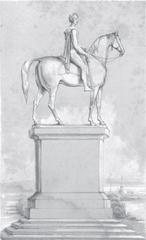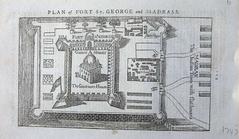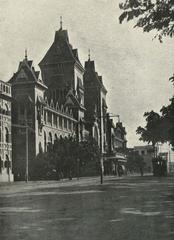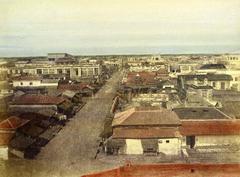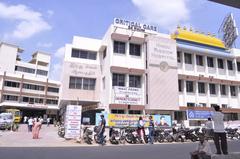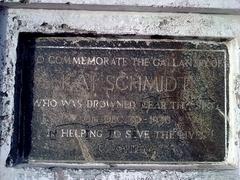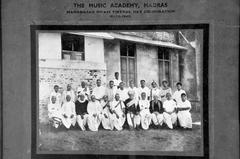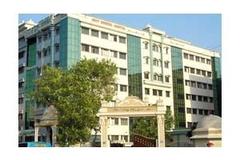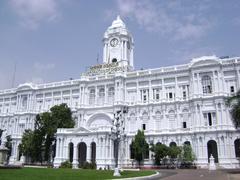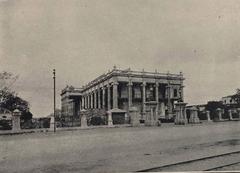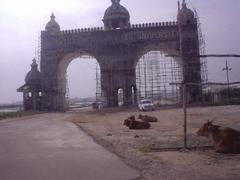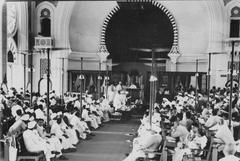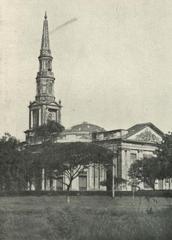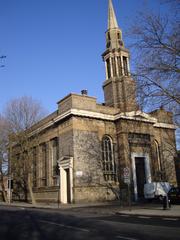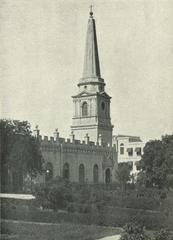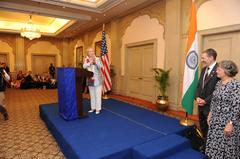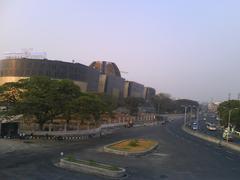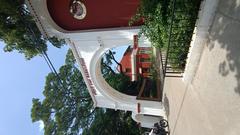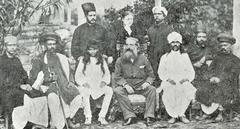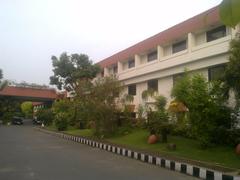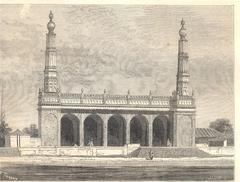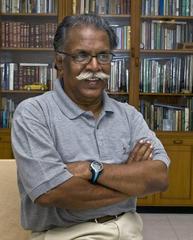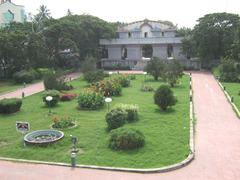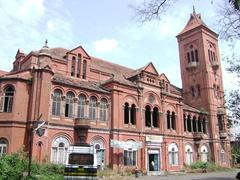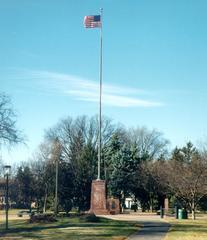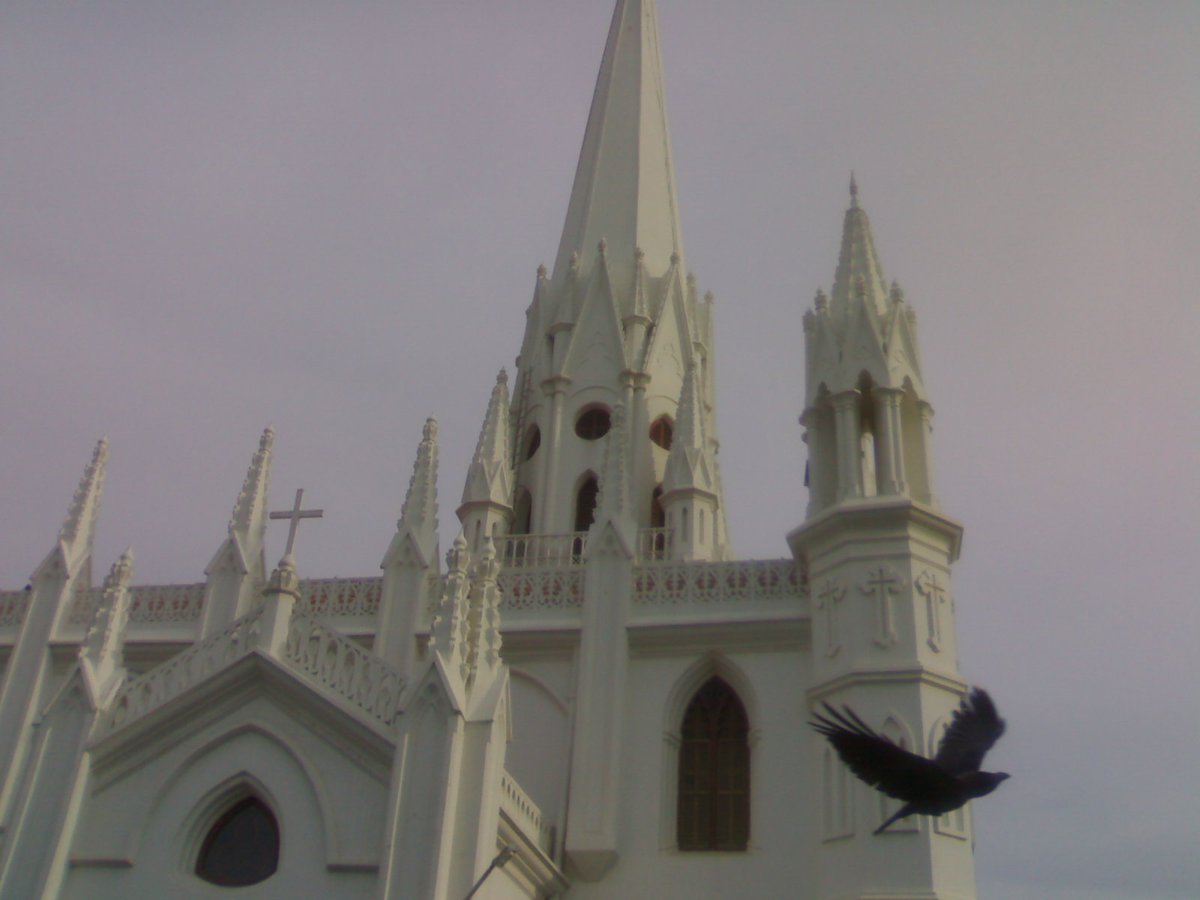
St. Thomas Cathedral Basilica: Visiting Hours, Tickets, and Historical Significance
Publication Date: 17/07/2024
Introduction
St. Thomas Cathedral Basilica in Chennai, India, stands as a remarkable blend of history, spirituality, and architectural splendor. This iconic monument, renowned for its rich colonial past and religious significance, offers visitors a unique glimpse into the early influences of Christianity in India. The cathedral’s historical roots trace back to the early 16th century when Portuguese explorers established a shrine dedicated to St. Thomas the Apostle. Over the centuries, the church evolved under the influence of British colonial architecture, culminating in its elevation to a minor basilica in 1956. Today, it is not only a site of pilgrimage but also a testament to the cultural fusion that characterizes Chennai’s diverse heritage. This comprehensive study delves into the cathedral’s fascinating history, architectural marvels, and essential visitor information, providing a detailed guide for anyone planning to explore this landmark. Whether you are a history enthusiast, an architecture buff, or a spiritual seeker, St. Thomas Cathedral Basilica offers a profound and enriching experience. (source)
Table of Contents
- Introduction
- Historical Background and Significance
- Architectural Marvels
- Visitor Information
- FAQs
- Conclusion
Historical Background and Significance
Early Beginnings - A Portuguese Shrine (16th Century)
The cathedral’s roots can be traced back to the early 16th century, during the Portuguese exploration of the Indian Ocean. In 1504, they established a presence in Mylapore, a bustling port town south of present-day Chennai. Recognizing the strategic and religious significance of the area, they constructed a small church dedicated to St. Thomas the Apostle. This initial structure, believed to have been built near the ancient tomb of St. Thomas, marked the beginning of Christian influence in the region. It served as a beacon of faith for the growing Portuguese trading community and local converts to Christianity.
The Rise of the British and a New Church (17th Century)
The 17th century witnessed a shift in colonial power dynamics in India. The British East India Company, vying for control of trade routes, gained prominence. In 1640, they established a trading post in Madras (now Chennai), close to the existing Portuguese settlement of Mylapore. As the British influence grew, so did the need for a larger, more prominent church to cater to the burgeoning European population in Madras. In 1678, work began on a new church within the fortified walls of Fort St. George, the heart of the British settlement. This church, consecrated in 1680, was dedicated to St. Mary and became the nucleus of the present-day cathedral.
Expansion and Elevation - From Church to Cathedral (19th Century)
The 19th century marked a period of significant expansion and recognition for the church. With the British firmly established as the dominant power in India, Madras evolved into a major administrative and commercial hub. The growing Christian community, comprising Europeans and Indians alike, necessitated a larger place of worship. Between 1893 and 1896, the church underwent extensive renovations and expansion under the supervision of British architect Henry Irwin. The renovations transformed the existing structure into a grander edifice, reflecting the Gothic Revival architectural style popular in Victorian England. The expansion included the addition of a chancel, transepts, and a soaring steeple, lending the church its present-day cruciform layout. In 1893, coinciding with the completion of the new building, the church was elevated to the status of a cathedral, signifying its importance as the principal church of the Madras Diocese, encompassing a vast area of southern India.
Recognition and Reverence - Becoming a Basilica (1956)
The 20th century saw India transition from a British colony to an independent nation. Despite the political changes, the St. Thomas Cathedral remained a significant landmark and spiritual center in Chennai. In recognition of its historical importance, architectural grandeur, and religious significance, Pope Pius XII bestowed upon it the title of “Minor Basilica” in 1956. This prestigious title, awarded to churches of exceptional historical and spiritual value, further cemented the cathedral’s place as a prominent site of Christian pilgrimage in India.
A Living Legacy - The Cathedral Today
Today, the St. Thomas Cathedral Basilica stands as a symbol of Chennai’s rich and diverse past. It serves as a reminder of the city’s colonial history, the evolution of Christianity in India, and the enduring power of faith. The cathedral continues to be an active place of worship, welcoming people from all walks of life to experience its serene ambiance and witness its architectural splendor.
Architectural Marvels
A Blend of East and West
The cathedral’s architecture reflects a unique blend of European design principles and Indian craftsmanship. While the overall structure adheres to the traditional cruciform layout of Gothic churches, with a nave, transepts, and an apse, it incorporates local materials and decorative motifs.
Notable Architectural Elements
- The Nave: The nave, the central aisle of the church, is a soaring space marked by a high vaulted ceiling. Its grandeur is amplified by the rows of stained-glass windows that bathe the interior in a kaleidoscope of colors, depicting scenes from the life of Christ and various saints.
- The Transepts: The transepts, forming the arms of the cruciform structure, extend on either side of the nave. They contribute to the spaciousness of the cathedral and house additional chapels and altars.
- The Apse: The apse, located at the eastern end of the cathedral, is a semi-circular area that houses the high altar. It is adorned with intricate carvings and serves as the focal point of religious services.
- The Stained Glass Windows: The stained glass windows are not just decorative elements but serve as visual narratives depicting biblical stories and the lives of saints. They are particularly noteworthy for their craftsmanship and the way they filter light, creating an ethereal ambiance within the cathedral.
- The Pipe Organ: Installed in 1902, the pipe organ is a significant feature of the cathedral. This grand instrument, with its numerous pipes and intricate mechanism, is capable of producing a wide range of sounds, adding a majestic dimension to the religious services.
The Towering Spire
Perhaps the most striking feature of the cathedral is its towering spire, a defining element of Gothic architecture. Reaching a height of 155 feet, the spire dominates the Chennai skyline, serving as a beacon for the city’s Christian community. The spire is not merely an aesthetic element; it also houses a clock that has been faithfully keeping time for over a century.
Materials and Construction
The cathedral’s construction utilizes a combination of brick and stone masonry. The foundation and lower portions of the structure are primarily built with brick, while the upper sections, including the spire, feature intricately carved stonework. This combination of materials not only provides structural integrity but also contributes to the cathedral’s aesthetic appeal.
Interior Design and Decoration
The interior of St. Thomas Cathedral Basilica is as impressive as its exterior. The high vaulted ceilings, supported by graceful columns, create a sense of awe and reverence. The walls are adorned with murals and paintings depicting scenes from the Bible, adding to the cathedral’s spiritual ambiance.
Visitor Information
Visiting Hours
St. Thomas Cathedral Basilica is open to visitors daily from 6 AM to 8 PM. Special masses and events may alter these timings slightly, so it’s advisable to check the official website or contact the cathedral directly for the most up-to-date information.
Ticket Prices
There is no entrance fee to visit St. Thomas Cathedral Basilica. However, donations are welcome and go towards the maintenance and preservation of this historical site.
Accessibility
The cathedral is wheelchair accessible, and there are provisions for those with limited mobility. Efforts have been made to ensure that all visitors can enjoy the serene and spiritual atmosphere of the cathedral.
Nearby Attractions
While visiting the St. Thomas Cathedral Basilica, consider exploring other historical sites in Chennai, such as Fort St. George, the Government Museum, and the Kapaleeshwarar Temple. These attractions offer additional insights into the rich cultural and historical tapestry of the city.
Special Events and Tours
The cathedral frequently hosts special events such as musical concerts, religious festivals, and guided tours. These events offer a deeper understanding of the cathedral’s significance and provide unique opportunities to experience its cultural richness.
FAQs
Q: What are the visiting hours for St. Thomas Cathedral Basilica?
A: The visiting hours are from 6 AM to 8 PM daily. It’s advisable to check the official website or contact the cathedral for any changes due to special events.
Q: Is there an entry fee for St. Thomas Cathedral Basilica?
A: No, there is no entry fee. However, donations are welcome.
Q: Is St. Thomas Cathedral Basilica wheelchair accessible?
A: Yes, the cathedral is wheelchair accessible.
Q: Are guided tours available at St. Thomas Cathedral Basilica?
A: Yes, guided tours are available and provide detailed insights into the history and architecture of the cathedral.
Q: Can I take photographs inside the cathedral?
A: Yes, photography is allowed, but please be respectful of the ongoing services and other visitors.
Q: Is there a dress code for visiting the cathedral?
A: While there is no strict dress code, it is recommended to dress modestly out of respect for the sacred space.
Conclusion
St. Thomas Cathedral Basilica is more than just a historical monument; it is a living testament to the enduring legacy of Christianity in Chennai and a symbol of the city’s rich cultural heritage. From its early beginnings as a Portuguese shrine to its transformation under British colonial influence, the cathedral has witnessed and adapted to centuries of change. Today, it stands as a majestic architectural marvel, blending Gothic Revival elements with Indian craftsmanship. The cathedral continues to serve as a vibrant spiritual center, welcoming visitors from all walks of life to experience its serene ambiance and historical significance. Whether you are drawn by its religious importance, its architectural beauty, or its historical legacy, a visit to St. Thomas Cathedral Basilica promises a unique and enlightening experience.
For more information and updates, consider downloading the Audiala mobile app and following related posts on social media. (source)
References and Further Reading
- Visiting St. Thomas Cathedral Basilica - History, Tickets, and Visitor Information, 2024, Audiala (source)
- Discover the Architectural Marvels of St. Thomas Cathedral Basilica in Chennai, 2024, Audiala (source)
- Exploring St. Thomas Cathedral Basilica - History, Visiting Hours, and Tickets, 2024, Audiala (source)

